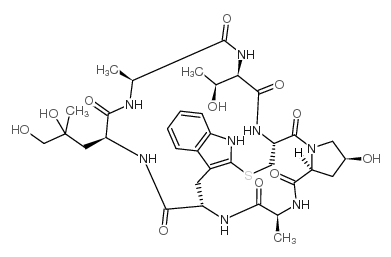| Structure | Name/CAS No. | Articles |
|---|---|---|
 |
chitin
CAS:1398-61-4 |
|
 |
Mast Cell Degranulating (MCD) Peptide
CAS:17466-45-4 |